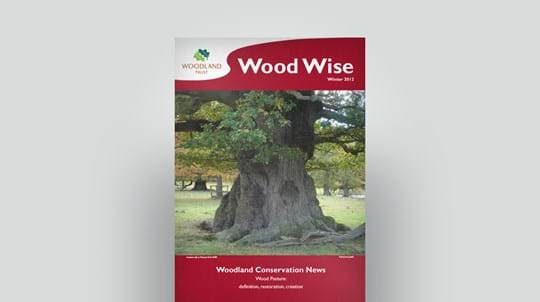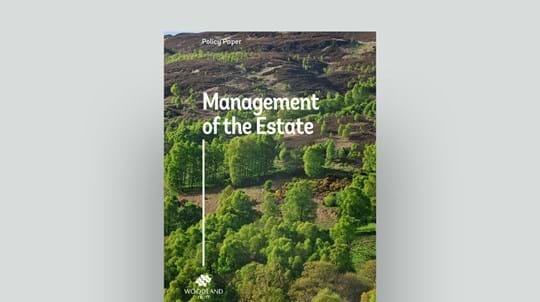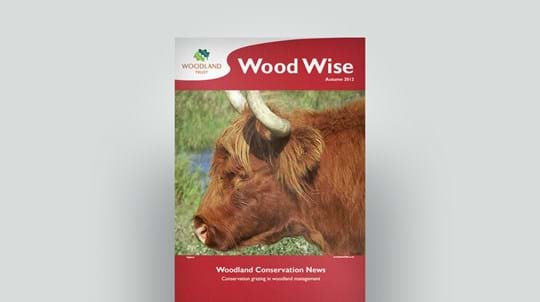
Credit: Wayne Hutchinson / Alamy Stock Photo
What is wood pasture and parkland?
Wood pasture and parkland is land that has been managed through grazing. They can be ancient, or of more recent origin, and occur in regions with distinct woodland types, such as Caledonian forest. Some started as medieval hunting forests or wooded commons, and others are the designed landscapes from large estates. They are often perfect for spotting ancient and veteran trees.

























